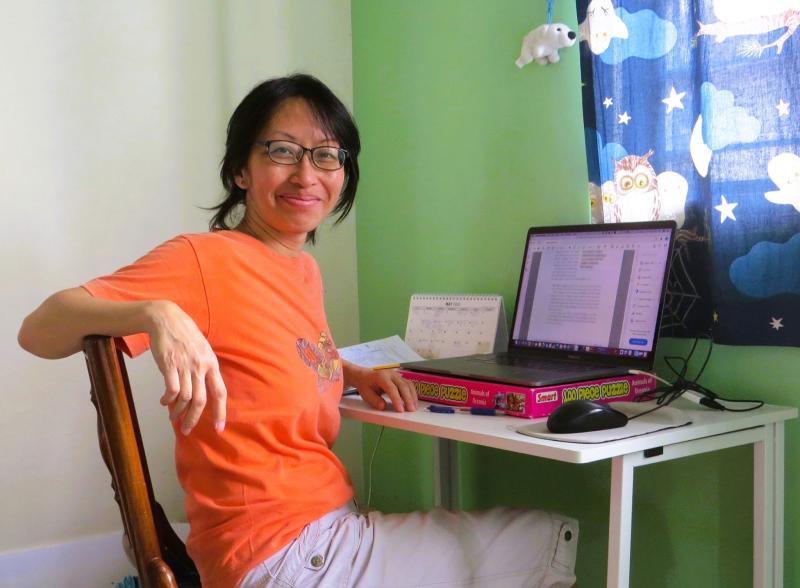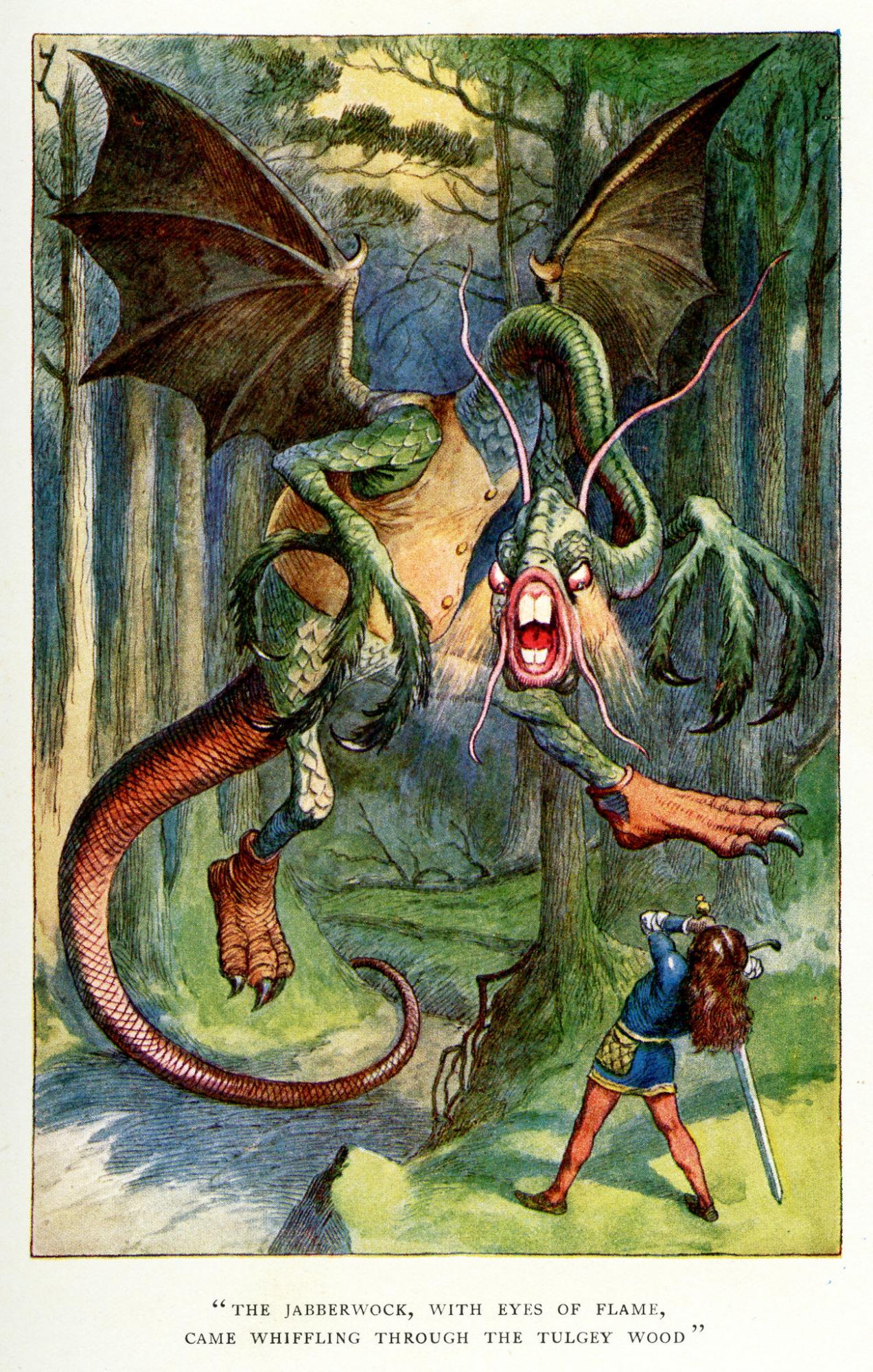It Takes Many Voices to Tell The Story of Autism
Essay
As we strive towards greater representation of special needs children in children’s literature, Jill Lim shares why we need to continue reading, writing and sharing all these stories because what’s needed is not one perfect story, but a myriad of perspectives.
“Hey, where’s the meltdown?”
That was my husband’s comment as he stood behind me and looked at the draft sketches for my first children’s book, My Colouring Book is Ruined!, which was inspired by our daughter, Kate, who has autism.
I turned to look at him. “Well, it does show her sitting curled up, biting her hand…”
He frowned. “That’s not a meltdown. Her meltdown is – she bangs her head on the floor and wall. She hits herself until her arms and legs are red.”
“I know, but this is a book for young children!” I protested. “What if they get traumatised seeing such awful, distressing things?”
“Well, that would be the truth.”
“Yes, and this is a story!”
The “quiet” meltdown eventually prevailed for the book.
However, the reality is that Kate’s meltdowns are far from quiet. They’re noisy and horrible and sometimes frightening. She used to slap her thighs until they were blotchy and red. Now, when upset, she bangs her head – hard, repeatedly – on the floor or the wall (and once, when we were in a park, against a tree), all the while screaming or shrieking – or should that be screeching? Or bellowing? Incoherent, harsh sounds – non-words.
Should I have included that? Should I have put a violent, frenzied outburst into a children’s book? Should there have been a QR code link to the sound of a meltdown?
Part of my indecision, ironically, stemmed from the fact that the treatment of autism in books and stories and children’s shows varies so widely.
“…what the community of people with special needs and their family members need is not the perfect story, but many stories, imperfect though they may be.”
Ian’s Walk, a 1998 illustrated children’s book by Laurie Lears, is a quiet and thoughtful tale. In the story, a boy who has autism wanders away from his sister. While searching for him, she learns how to see things her brother’s way and slowly appreciates how to spend time with him doing things his way.
Isaac and his Amazing Asperger Superpowers!, a 2016 book by Melanie Walsh, is bouncy and cute and is written from the point of view of a happy child with autism explaining, with some pride, his “Asperger superpowers”, which include “lots of energy”, ears that can hear “super well”and a “fantastic” brain that “remembers loads of things”.
Loop, a 2020 Pixar short film, shows a neurotypical teenage boy struggling to understand and communicate with a non-verbal autistic girl while they are out canoeing and eventually finding common ground with her – by doing what she does, in her way.
Sesame Street’s autistic character, Julia, first introduced in a picture book in 2015, helps children understand that others on the spectrum might behave differently from them.
In other types of popular fiction, the person with autism might be portrayed as having baffling behaviour quirks that the neurotypical person must “understand”. In those cases, the learning is often done by the neurotypical person. In some films, the person with autism or Asperger’s syndrome, a form of autism, is a savant, a brilliant oddball whose unique “super skills'' often end up being of use to society.
Do these books or films cover all aspects of autism? No.
Can they be criticised for loopholes, shortcomings, their point of view or having unexplored, slightly one-dimensional characters? Almost certainly.
But does each individual story, episode or film have to try to explain it all? I would say no. How can they? Autism and special-needs situations have so many shades, so many aspects, so much that could be covered.
Each story is just that – a single story, telling maybe one aspect of autism. Perhaps it’s to encourage neurotypical children to be more understanding. Perhaps it’s to shine a light on how autism feels from the inside. Maybe it’s to show the happy side of autism. Maybe not.
But just as – as the saying goes – it takes a village to raise a child, maybe it takes many voices to tell the stories of autism. Not one voice and not just one story.
After all, not everyone will be interested in or moved by the same story or format or style, just as some people love Jane Austen and others dismiss her; some can’t get Dickens or Shakespeare and others do.
Some stories about autism will be suitable for preschoolers, some will target older children, some are written for those with a sibling with autism and other books will be for those who don’t know what autism is.
And that’s fine. Because what the community of people with special needs and their family members need is not the perfect story, but many stories, imperfect though they may be. Not the definitive final book that addresses every issue, but many books. And not just books, but films too, both long and short. Different illustration styles. Plays. Cartoons. Puppet shows. Graphic novels. Photo essays. Manga? TikTok videos too? Why not?
We should have stories from parents of those with autism, from persons with autism themselves, from their siblings or friends and from those caring for persons with autism. We should encourage first-timers and non-writers and students and parents and persons with autism to write and draw and share.
So what if these stories aren’t perfect, whole and complete? My version of a meltdown was just that – my version. And it was far from perfect – I’d be the first to admit that.
But what each story and version can do is add, in its own way, to the larger awareness of the huge, confusing, sometimes amazing, often distressing, still-changing world of autism. Let’s read these stories. Let’s hear their versions.
Jill Lim
Jill Lim
Jill has been in the fields of journalism and editing for more than 25 years and has, at various times, been a newspaper reporter, a copyeditor, a sub-editor and a magazine editor. She became a book editor with Straits Times Press in 2017. As the mother of three daughters, the oldest of whom has autism, she was inspired to pen a children’s book on autism and family relationships. The result: My Colouring Book is Ruined!, published in March 2019. It was shortlisted for the Popular Readers’ Choice Awards in 2019. She has written three other children’s books, on pet ownership, which were published in 2021.





